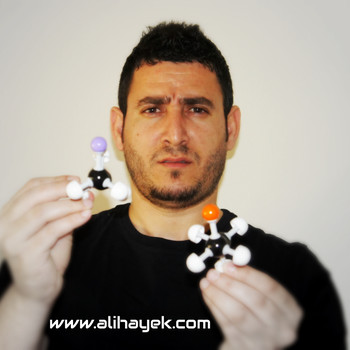Question #5650b
1 Answer
Sodium forms three anhydrous monophosphates with the three phosphates.
Explanation:
Sodium and the phosphate anion can actually only form one compound, trisodium phosphate,
The other two compounds you're probably referring to are actually formed with the dihydrogen phosphate,
Moreover, sodium can form monophosphates and polyphosphates, in several anhydrous and hydrate forms, so I will assume that you're interested in the anhydrous monophosphates here.
- monosodium phosphate
This compound is formed when one sodium cation,
The salt dissociates completely in aqueous solution
#"NaH"_2"PO"_text(4(aq]) -> "Na"_text((aq])^(+) + "H"_2"PO"_text(4(aq])^(-)#
- disodium phosphate
This compound is formed when two sodium cations combine with one hydrogen phosphate anion,
#"Na"_2"HPO"_text(4(aq]) -> 2"Na"_text((aq])^(+) + "HPO"_text(4(aq])^(2-)#
- trisodium phosphate
This time, you have three sodium cations and one phosphate anion,
#"Na"_3"PO"_text(4(aq]) -> 3"Na"_text((aq])^(+) + "PO"_text(4(aq])^(3-)#


